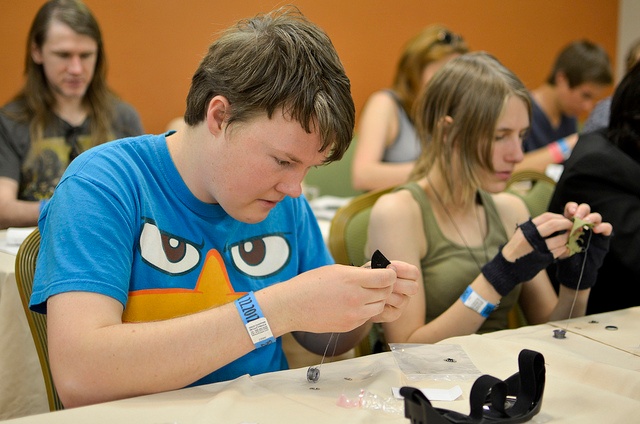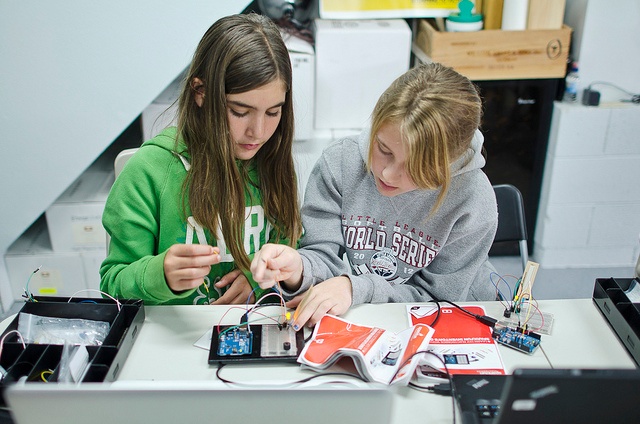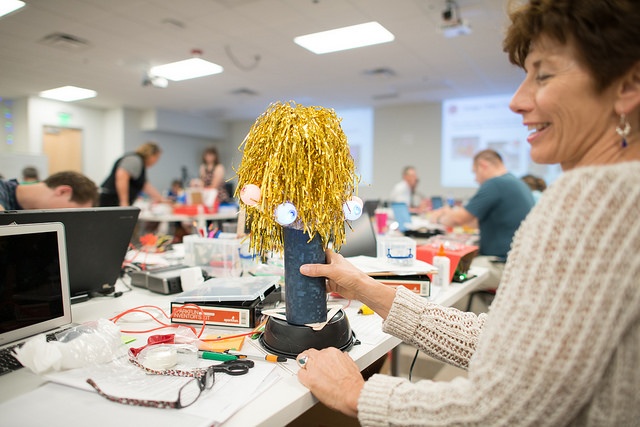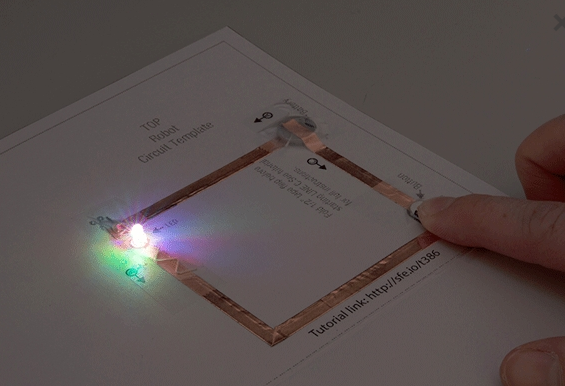As maker education becomes more and more popular and the benefits become more widespread, many educators are looking for ways to support making in their own classroom but don’t know where to start. Here are a few ideas on how to get started with maker education or support it in your own instruction, no matter what you teach.
Encourage students to try new things

If, during a lesson, you start to notice students getting excited or asking a lot of questions, encourage them to try to find the answers on their own. Whether this involves doing a little research or building a project, the drive to learn more and figure out the answer to a question are critical motivators for maker education.
Emphasize Critical Thinking and Problem Solving Skills

Even if you have no desire to have students create hands-on projects in your classroom, it is still possible to support making by emphasizing the development of skills such as critical thinking and problem solving. These skills are crucial for creating hands-on projects and can be developed in a number of ways. From presenting students with riddles or complicated puzzles to solve to challenging them to rethink their views on a particular topic, you may be surprised at the things you and your students learn just from developing these skills.
Learn Along with Your Students

Sometime, a student’s curiosity will take them down a path that you may not be familiar with - this could include learning about a historical figure that is often overlooked or trying out a new programming language or anything in between. No matter what it is, don’t be afraid to learn along with your students. Encourage them to share the information they find and work together to solve any problems that arise along the way. With maker education, it’s important not to worry too much about knowing all the answers from the start and instead enjoy the process of learning and discovering along with your students.
Start Small

While the idea of having students build and program their own robots or marble sorter may be appealing, it can also be overwhelming to start with such grand ideas. Instead, start out small by teaching students the basic skills that go into the project you ultimately envision them creating. Paper circuits are a great way to introduce students to lighting up an LED and the idea of a circuit in a fun, non-intimidating way. Once they realize they can do something like light an LED, they will have much more confidence to try the next step or continue their learning on their own.
What are your best tips for supporting making?


Maker Education, getting started